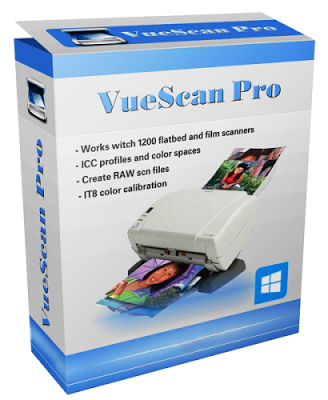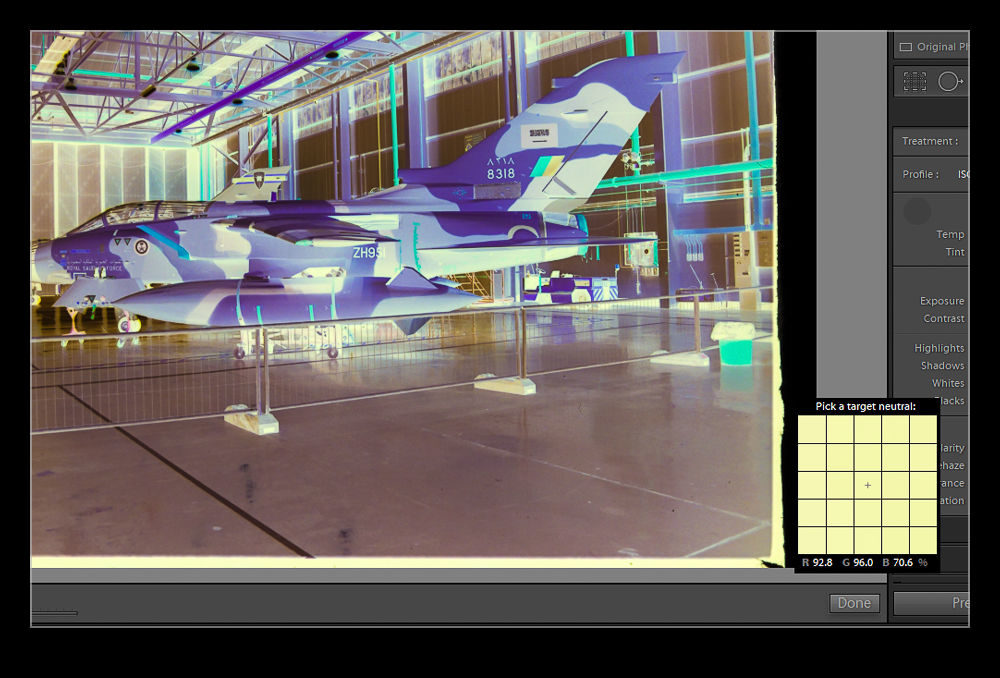

This is not a post where I will go through my scanner settings, but suffice it to say, I try to keep it simple.įor black and white film scans, there are many manual and automated methods to readily invert and process the digitized image. In the case of the Plustek Opticfilm 120, I do not use Silverfast, the manufacturer provided software, due to the many complaints about its user-unfriendly interface, although I do hear reports of it yielding good results if you work through it.
#Negative lab pro vuescan software
When I am using the dedicated scanners I use dedicated scanner software EpsonScan which comes with the EpsonV700, or VueScan, which is compatible with virtually any dedicated film scanner. The last element of this digitizing process is software. These are also rigid and well built, and employ a magnetic clamping feature to quickly align film in the holder and keep it flat. Plustek OpticFilm 120 Film HoldersĪfter watching Matt Day’s video, “Scanning Film with the Fujifilm XT-3,” on YouTube, I was intrigued by and purchased the 35mm and 120 format Digitaliza film scanning masks sold by Lomography. The Opticfilm holders are rigid and robust, and proved to be more convenient for use with the LED panel and Minolta copy stand. This stand, however, does not incorporate any film holders, so I have experimented with film holders from my Epson V700 and my Opticfilm 120.
#Negative lab pro vuescan plus
This concern, along with the fiddly setup of lenses and macro tubes for each change in film format, plus the inability to easily accommodate 6×7 and 6×9 film, led to the adoption of the more easily adjusted Minolta copy stand. Even though the masking frames are finely crafted like all Leica gear, I was always concerned about the potential for scratching my film with these.

The BEOON basically employed a metal masking frame that held the film flat against the light panel this could theoretically lead to Newton’s Rings, but I never encountered this phenomenon. The next element of this digitizing protocol is the film holder. This setup also employs a Kaiser Slimlite Plano LED panel for film illumination (previously used a Artograph Lightpad 920LX, but replaced it due to the Kaiser’s better color rendering index, or CRI.) I am using a Fuji XF 50mm F2.4 Macro lens on my Fuji XT-1, and using manual focus along with focus assist allows me to get the camera easily set at the correct height for repeatable shots of multiple film frames in sequence. This copy stand allows me to digitize film from 35mm up through medium format, and probably 4×5 as well, although I haven’t tried that yet. Minolta Copy Stand II with Fuji XT-1, XF 60mm f2.4, and Kaiser Slimlite Plano LED Panel This led me to switch to the Minolta Copy Stand II, a discontinued traditional copy stand that I acquired on eBay. Additionally, the BEONN just starts to run out of enough vertical adjustment for the large film formats. However, I found it difficult to come up with the correct enlarging lens and macro tube combination for medium format scans, especially for 6×7 and 6×9. I was initially excited about the Leitz BEONN, which is actually quite good for 35mm scans, using a EL Nikkor enlarging lens with the BEOON’s macro tubes. I have been recently trying the digital camera scanning method due to the relative speed of digitizing, not an insignificant issue if you have several rolls of 35mm, at 36 frames per roll, to digitize. Leitz BEOON Copy Stand, shown with Leica M8 camera The quickest option is to use the digital camera with a macro lens setup in a copy stand on an LED light panel this actually yields quite good image quality and is very fast – the biggest delay is the time it takes to load the film into a holder. The V700 is next in speed, and has generally good scan quality for large format and 120 film, but is marginal in image quality, in my opinion, for 35mm. If I want my best scan, I use the Opticfilm 120, but that takes several minutes to scan per frame. The scan quality in general has been inversely proportional to the scanning speed of the specific method to obtain better scan quality generally requires a method that employs a longer scan time per image.

I have an Epson V700 flatbed scanner, a Plustek Opticfilm 120 scanner, and have also tried scanning using a Fuji XT-1 APS-C (16 MP) digital mirrorless camera with both a Leitz BEOON copy stand, and more recently, using a Minolta Copy Stand II. As my earlier posts have noted, I have been exploring various options to digitize my film negatives and slides.


 0 kommentar(er)
0 kommentar(er)
